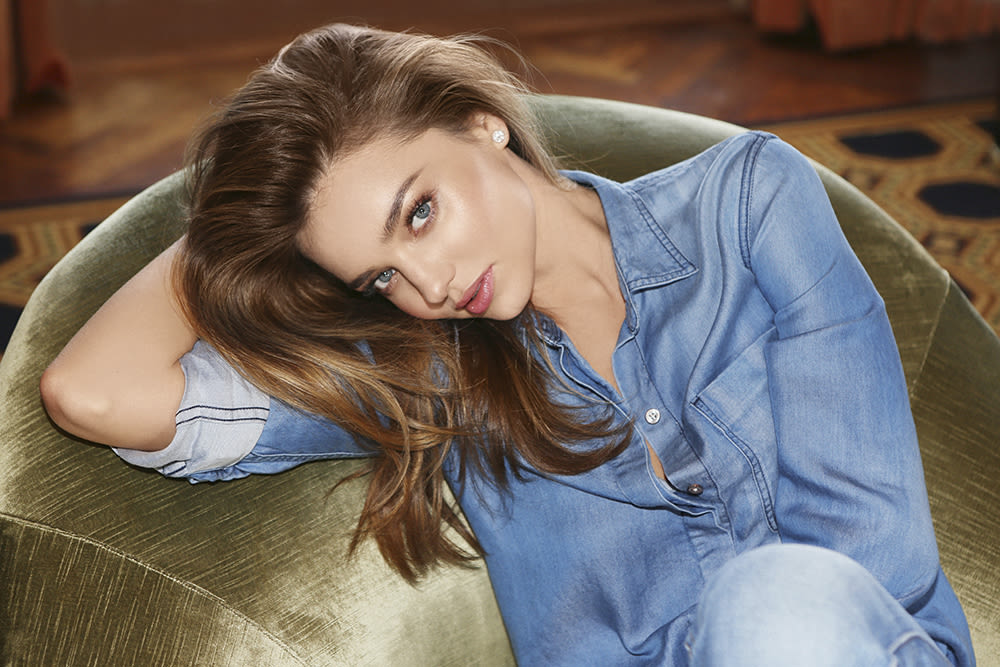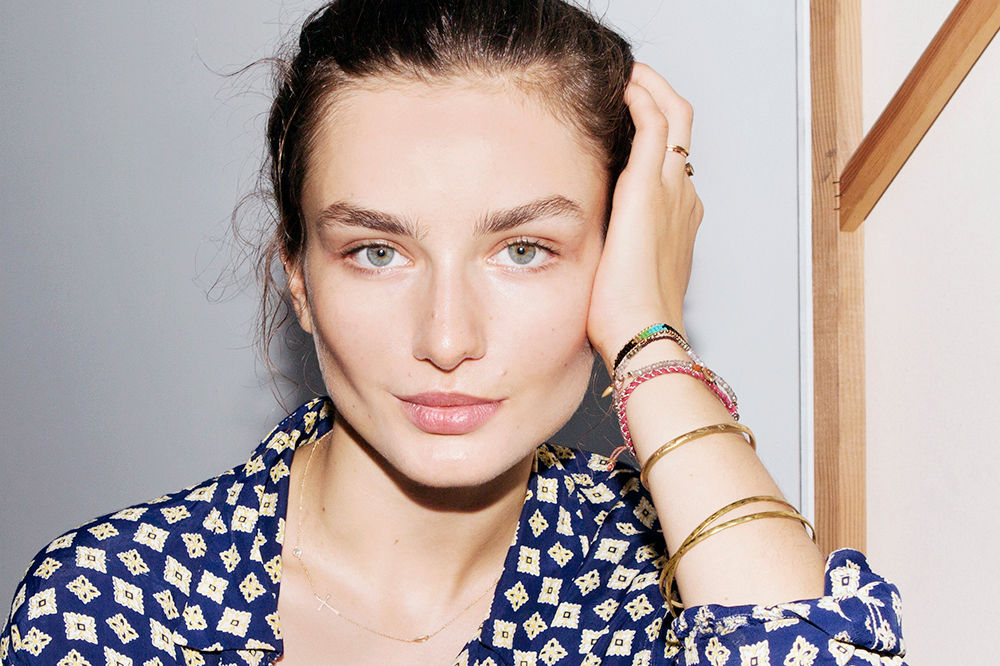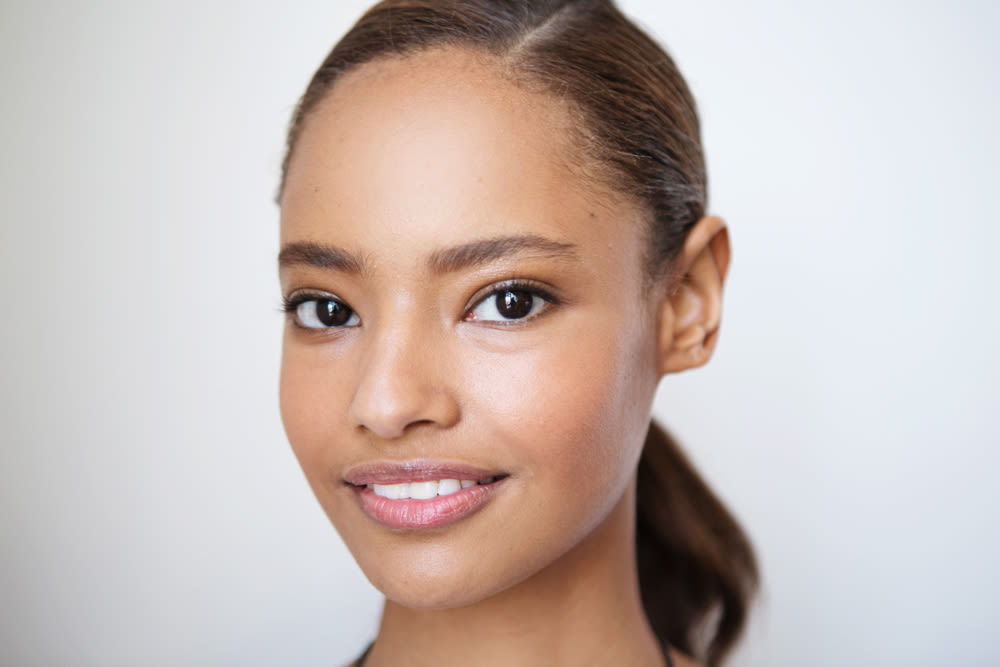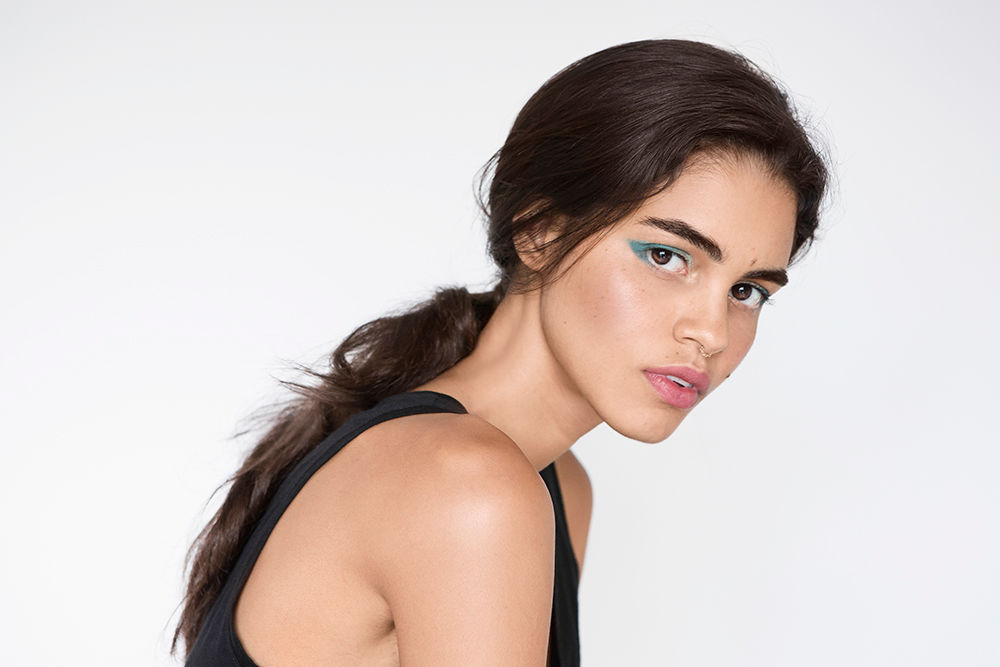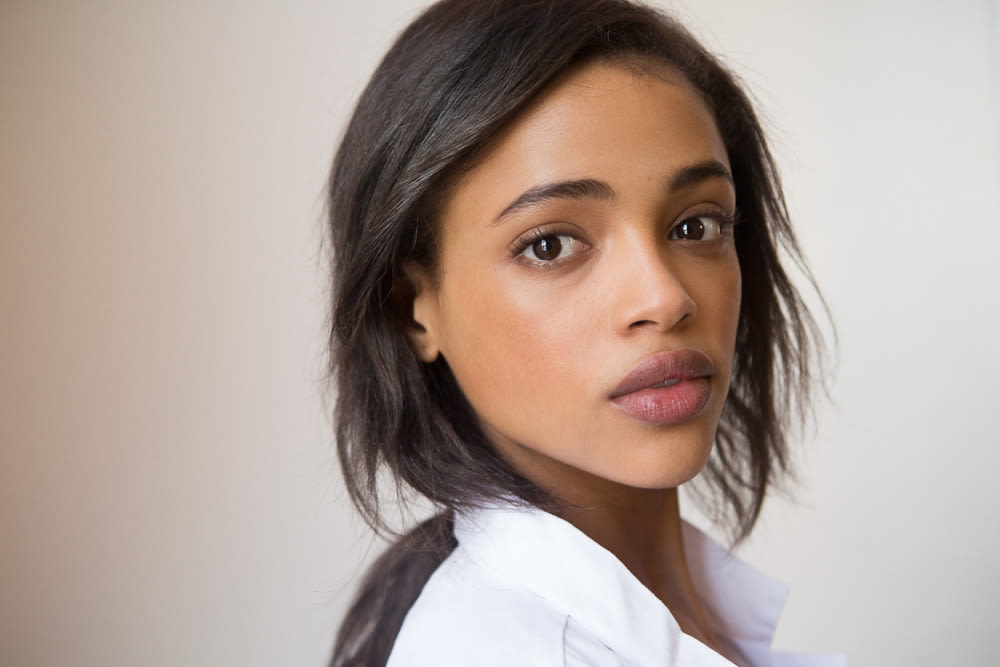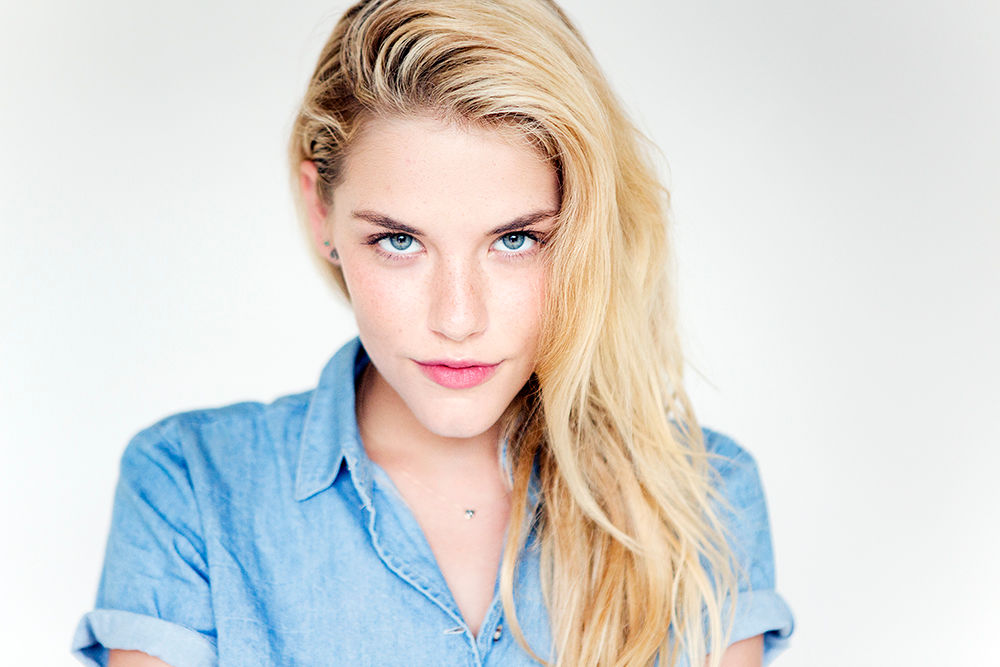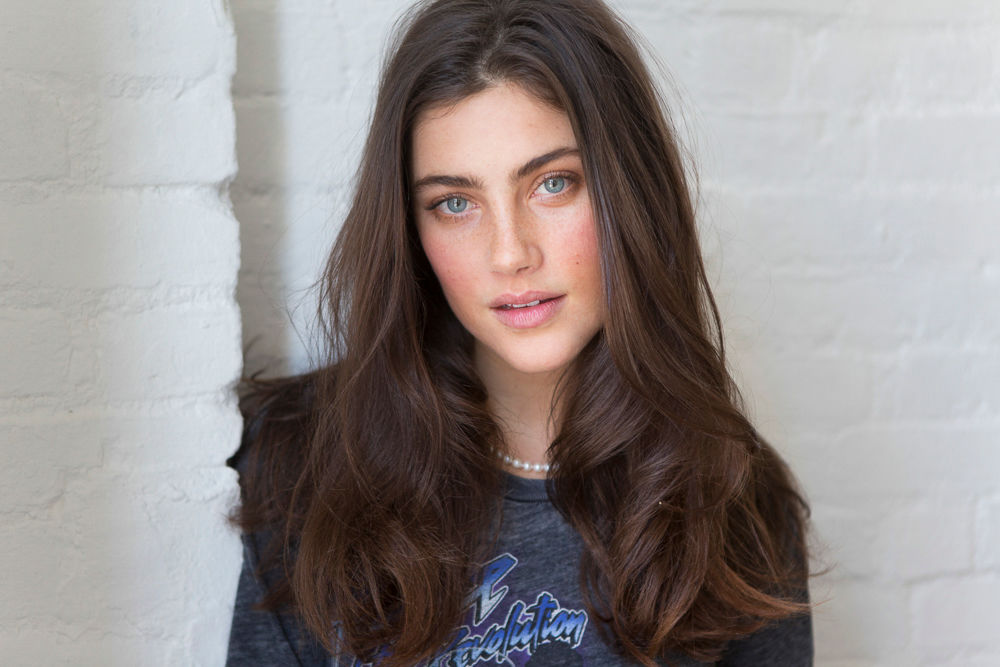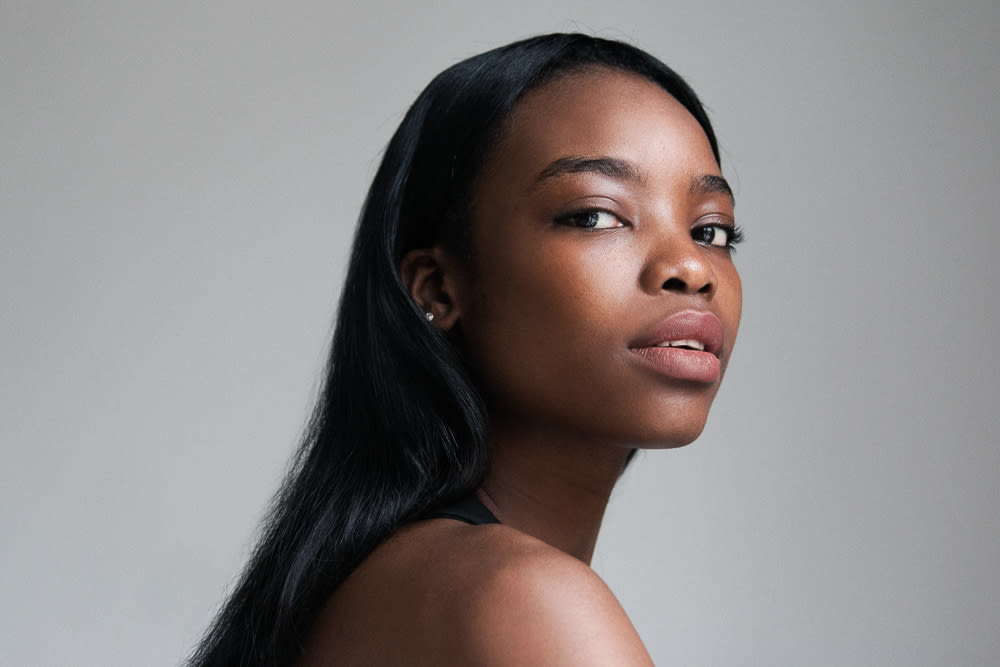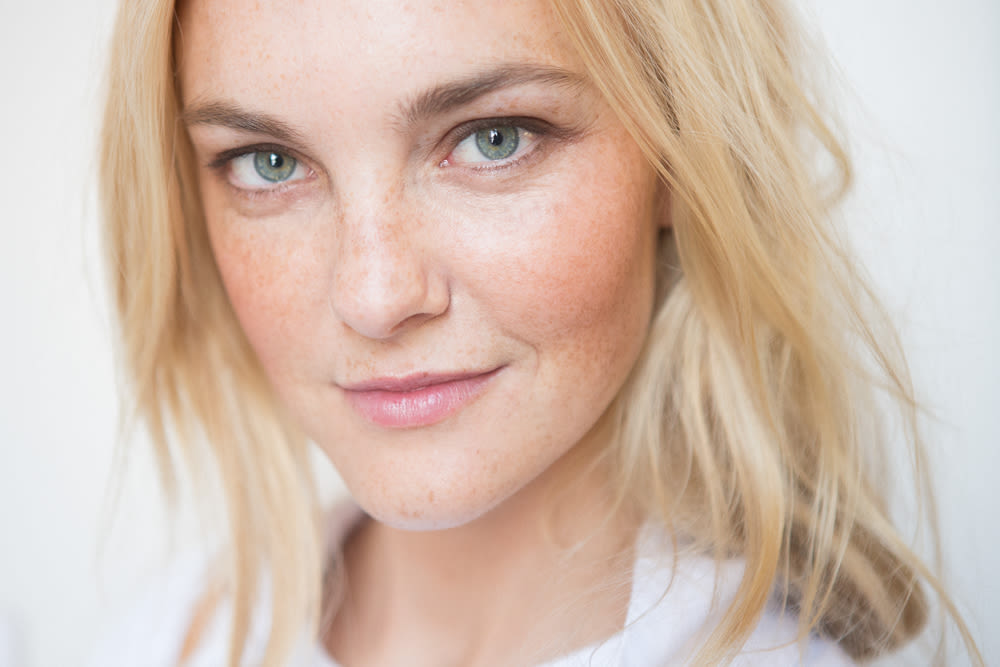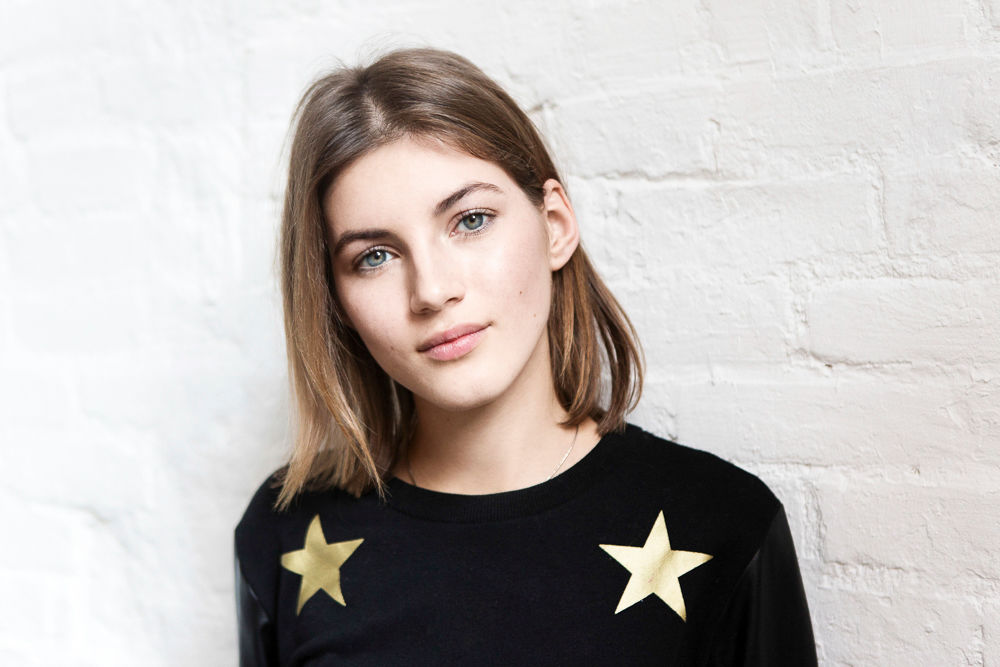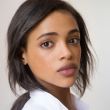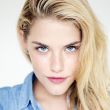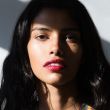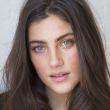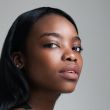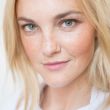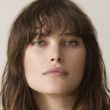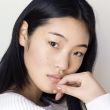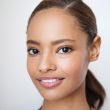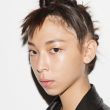I discovered Steven Meisel when a very perceptive high school art teacher realized I had made it through enough of my teen years without a “thing.” And every teenager needs a thing, right? I wasn't super book smart, I wasn't athletic, I couldn't paint well...I just hadn't figured it out yet.
I still am not quite sure why she assigned me a paper on Meisel specifically—if my teacher knew it would click or maybe it was just happenstance—but it worked. I was hooked from the beginning. I studied Meisel's entire life, looked up all of his work, dug up every interview I could find of him (there's not much info out there on Meisel, so it's still never enough). One of the biggest takeaways for me was that models are a huge part of his work—they shape and inspire it, and he shapes them, in turn. He's been called “ The Godfather' for his ability to nurture a model's career. It's easy to overlook, but I think out of all the photographers that have ever lived (and designers as well), the best understand the power of models. Helmut Newton, Gianni Versace, Azzedine Alaïa, Herb Ritts, even Andy Warhol—they got it.
It's pretty amazing how much the modeling industry has evolved over the past few decades as well. I want to break this down for everyone, from Veruschka to Cara, from Michelangelo Antonioni films to Instagram followers. A quick (and incomplete) history:
The '60s brought in character models, mostly based out of London, shooting with David Bailey and Lord Snowdon: Veruschka, Jean Shrimpton, Twiggy, Penelope Tree, and Donyale Luna.
The '70s brought in the powerful, sexy women, often found at Studio 54 or dating a Rolling Stone, shooting with Antonio Lopez, Helmut Newton, and Richard Avedon: Jerry Hall, Lauren Hutton, Beverly Johnson, Patti Hansen, Iman...
The '80s have the “Supers.” They made models matter. They demanded a lot of money (that they totally deserved), starred in music videos, and became cultural icons. You know them by their first names: Naomi, Linda, Christy, Cindy, Claudia, Stephanie.
The '90s saw the waif, or intellectual beauty. The “lesser glam' of Kate Moss, Amber Valletta, Shalom Harlow, Helena Christensen, and Yasmeen Ghauri took hold.
The aughts have a bit of schism. Women like Carmen Kass, Alek Wek, Ai Tominaga, Ujjwala Raut ruled the first half of this decade, whereas the second half saw the reign of the doll faces my generation is all too familiar with—Gemma Ward, Lily Cole, Lily Donaldson, and Heather Marks, among them.
This decade is proving to be largely about social following, but I also think it'll prove to be a time of working out the diversity problem within the industry. The important faces now are Cara, Karlie, and Joan, to name a few.
Of course I'm forgetting a lot, but that's the general gist of things.
As for my all-time favorite model? It's an easy choice. She was the first one I really noticed when I started following Steven's work. Her name is Élise Crombez. She's a Belgian model who came about in 2003 with an 'only-girl' Prada campaign and like six Vogue Italia covers. Her print work is some of the best the industry has produced. She shot with Irving Penn, Helmut Newton, and Richard Avedon. The greats “got' her. I think she was one of the last faces from a very special era in the modeling industry. I have trouble putting my finger exactly on what makes her so special to me but it's a bit of a combination of her Ingrid Bergman-like face, tough-girl runway walk, and her ability to elevate any photo story she's in. She's amazing at showing emotion—please take a moment and get lost in her thread on The Fashion Spot as I have many many times, or track her Tumblr tag. Or just watch this...
Better yet—find your own favorite, and please tell me who it is. I like knowing that I'm not alone in my admiration.
—Tom Newton
Photos by ITG. For even more models, check out The Look.
